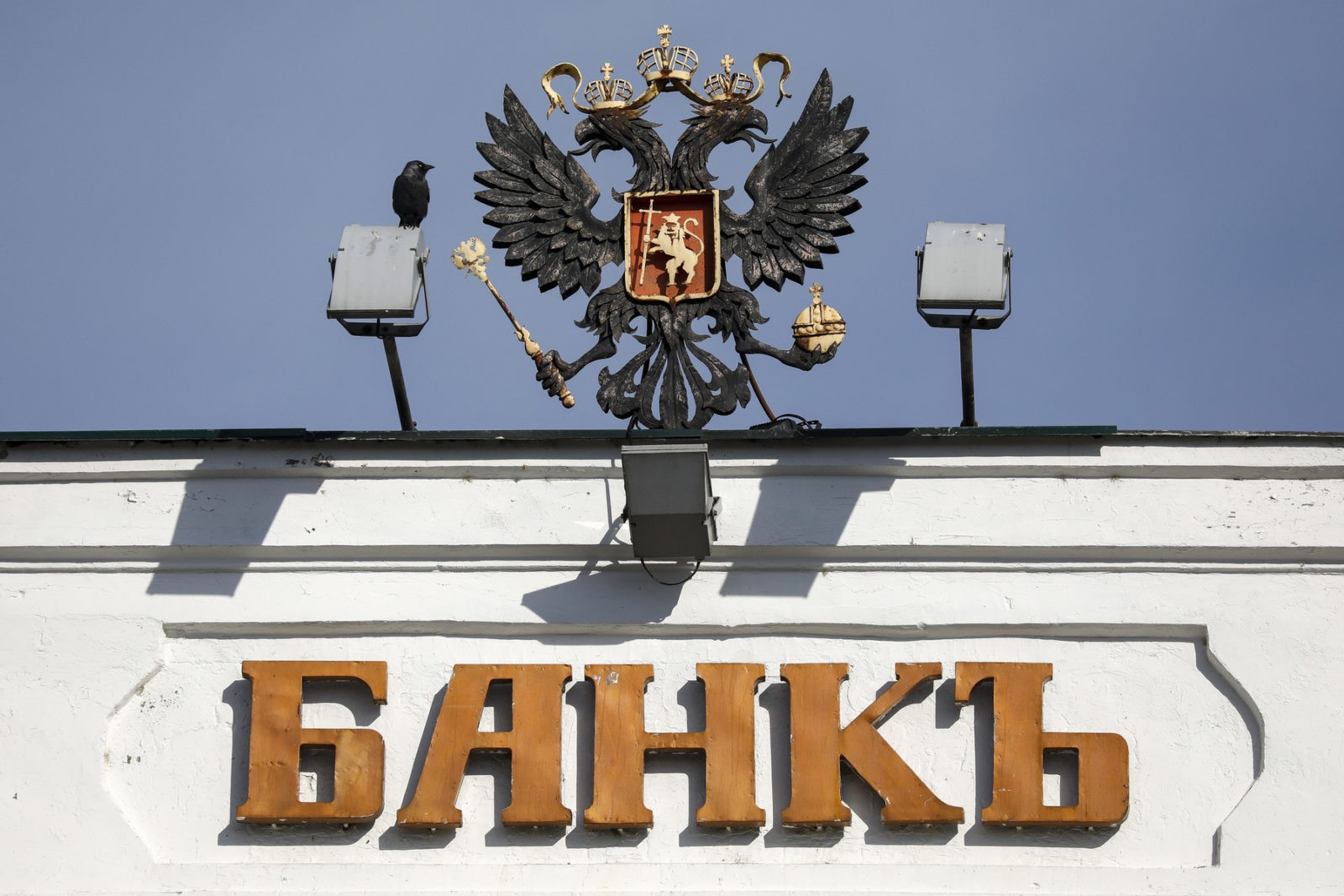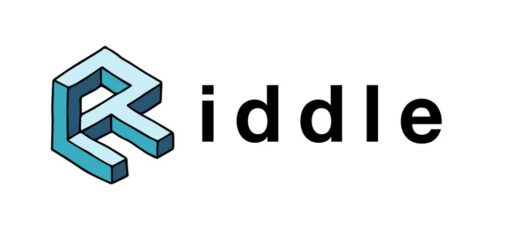The issue of household debt overhang appears regularly in the Russian media. Individuals are increasingly taking out new loans to repay old ones. The outlook is not good and it is predicted that the crisis brought on by non-performing loans will hit the Russian banking system and economy hard. Can steps aimed at resolving the problem be taken in the near future?
Russia’s economy is currently stagnant. According to Rosstat (the Russian Federal State Statistics Service), annual GDP growth reached a modest 1.9% at the end of September, primarily due to oil price gains and the World Cup last summer. That is, factors entirely unrelated to governmental efforts. Real income increased slightly earlier this year, but has been in decline over the last three months. The VAT rate will be raised from 18% to 20% in 2019 which will result in a noticeable increase in consumer prices. A new wave of declining income is lurking around the corner.
Individual income has been stagnating for three years now amid Western sanctions and gradually rising commodity prices which never recovered from the downturn in 2014. Ordinary Russians have in the meantime adopted a strategy of taking out new loans in order to service old ones. This is seen as a simple and relatively affordable means of improving one’s financial standing. Still, it’s clearly an unsound model of economic behaviour, which speaks volumes about people’s inability or unwillingness to improve their wellbeing through other means such as starting a business. Again, business requires a positive investment climate. And this is made harder by there being no tradition of entrepreneurship in an economy dominated by state-owned enterprises throughout the 20th century. In the recent past, entrepreneurs ended up behind bars having been deemed ‘alien to the socialist system’.
Any medium-sized or small town outside Moscow abounds in pawn shops and advertisements for so-called microfinance institutions. These places offer ‘quick loans with no need for formalities or guarantees’ at an eyewatering double- or triple-digit interest rate on an annualised basis. The popularity of such payday loans testifies to the dire state of the financial health of a population that cannot use regular bank loans.
According to the Equifax credit bureau, the volume of microfinance loans reached 75 billion roubles in the first half of 2018, slightly less than the annual volume of 2016 household micro loans i.e. 87 billion roubles.
High street banks are also expanding their loan portfolios. During the first six months of 2018, cumulative household debt increased by almost 12%. By 1 August, the retail portfolio had reached 13.6 trillion roubles; 1.4 trillion roubles higher than the beginning of the year. Compared to 2017, the retail portfolio is growing twice as fast in 2018 while incomes are stagnating: from January to July 2017, the value of loans granted to natural persons increased by 5.2%.
Consumption continues to remain stable against the backdrop of spiralling debt. According to Rosstat, the consumer confidence index which reflects aggregate consumer expectations was minus 8% in mid-2018, one of the lowest levels in Europe. Russia is trailed only by Greece and Romania in this respect. This lends itself to how the increase in lending was not prompted by a growth in consumption but rather re-financing. Russians are drawing new loans at lower interest rates in order to service their outstanding liabilities. However, even low-interest loans have to be serviced somehow. Otherwise Russian household debt will spiral out of control sooner or later.
According to the Bank of Russia, mortgage lending increased by 10.6% (or 5.9 trillion roubles in total) during the first half of 2018. Interestingly, the increase in lending was brought on not only by mortgage lending, consumer loans also leapt 9.1% (6.6 trillion roubles in total) while car loans increased by 4.5% reaching 745 billion roubles in total.
Moreover, to boost their loan portfolios, banks toned down their credit application criteria. The number of mortgages granted on condition of a minimal down payment is growing. When it comes to consumer credit, borrowers are encouraged to take out more loans and more favourable refinancing conditions are offered together with longer maturities and lower interest rates on re-lending. In other words, while resorting to basic ‘financial instruments’, Russian banks are heading towards the 2008 scenario where American financial institutions faced a crippling mortgage crisis.
Incidentally, if we compare the debts of the average Russian to the average American, the situation is not so bad at first glance. Total debt of US households (mortgage, consumer loans etc.) has reached an impressive $ 13.3 trillion. At the same time, consumer loans will drop to $ 4 trillion by the end of the year which is indicative of somewhat more responsible financial behaviour: in terms of a debt structure, among household loans, the share of mortgage loans is higher in the US. It seems that many Russians adhere to the ‘Carpe diem’ principle. The average Russian finds mortgages inaccessible while house prices sky-rocket. The government keeps promising to provide subsidised mortgages on a grand scale (at 6% per annum) but is yet to make good on its promise. Since the beginning of this year, as little as 2 billion roubles of such loans were granted largely to big families which was dispersed in less than a thousand loans (a very modest flat outside the capital costs 2 million roubles on average). The total number of Russian mortgage loans stands at 1.29 million and their value has reached 5.9 trillion roubles, which accounts for half of all household debt.
The average US household spends about 10% of its income on non-mortgage household loans (auto loans, credit cards, consumer and student loans). The proportion is below that in 2000−2008 (12−13%). At the same time, the debt level has reached 26% of annual income, above the 2010 level of 22% (). The average Russian also spends approximately 10% of their income on servicing debts whereas the ratio of total debt to annual income was 23.9% in mid-2018. The All-Russia People’s Front has recently carried out its own research in a bid to estimate the scale of the household debt overhang in Russia. It turns out that in September 2018 the average Russian family owed 234,000 roubles (approximately seven or eight monthly salaries) to the bank. This figure is 19% higher than that of 2017. Overdue payments reached 14,400 roubles (just less than one third of the average monthly salary). This figure is slightly below the 2017 figure solely because creditors are recently opting to offload non-performing loans by transferring them to debt collection agencies.
Debt overhang is unevenly distributed across the regions reflecting huge differences in economic development and living standards. According to the Research and Forecast Department of the Bank of Russia, residents of the European part of Russia i.e. the North Caucasus, Central, Volga and South federal districts enjoy lower levels of indebtedness. Residents of eastern Russia i.e. the Siberian, Ural and Far-Eastern districts are indebted to a greater extent. Kalmykia (where indebtedness is 51% higher than the nationwide average), Tuva (49%) and Chuvashia (39%) are the most indebted regions. The fourth and fifth most indebted regions in Russia are the Irkutsk Oblast and the Khanty-Mansi Autonomous Okrug with levels of indebtedness 38% higher than the Russian average.
The problem of household debt overhang is not fully recognised by the upper echelons of power. No counter-measures are being implemented apart from recurrent attempts of the Bank of Russia to cut the maximum interest rate in micro-finance and impose regulations on the activities of debt collection agencies. The situation is made complex by regional differences, and a nationwide perspective is therefore lacking. If the situation worsens in a particular region, it can quickly become a political problem. The federal government is used to solving regional political problems using ‘precision’ methods and allocating additional resources. Truth be told, similar methods will be used at the central level if necessary: financial institutions will be forced to meet borrowers halfway. The principal underlying purpose of this is to avoid mass unrest among borrowers, inevitably seen as a manifestation of political instability.
The root cause of the problem is not being addressed: What is needed is economic deleveraging. Russia needs a national anti-poverty programme (similar to the one adopted by U.S. President Lyndon B. Johnson in the 1960s). New job creation programmes are needed at both the national and regional levels. There is a need for active social policy aimed at protecting various groups including families with children. Finally, annual economic growth of at least 5% of GDP, not 1.5−1.9%, is needed. So far, the government has failed to put forward an effective solution to tackle these problems. Therefore, the country is set to face further economic stagnation (for this type of economy, 1.5%-growth is stagnation). Subsequently, the population will pile debts upon debts and the debt bubble will burst sooner or later, which will have major social and political consequences.










